A good fire is one of the most economical methods to keep your house warm this winter. However, due to contrasting properties, finding the appropriate elm firewood may not be a walk in the park. So, should you try elm firewood?
Read along before grabbing your axe and heading out the door to learn more about the elm firewood.
What is Elm Firewood?
Elm trees are a common site all over the Northern Hemisphere. Elmwood is hard to split due to its interlocking grain and strength. While splitting is exceedingly challenging, you should consider trying elm firewood during the winter. It is because once split; it produces excellent coals and burns with a beautiful flame.
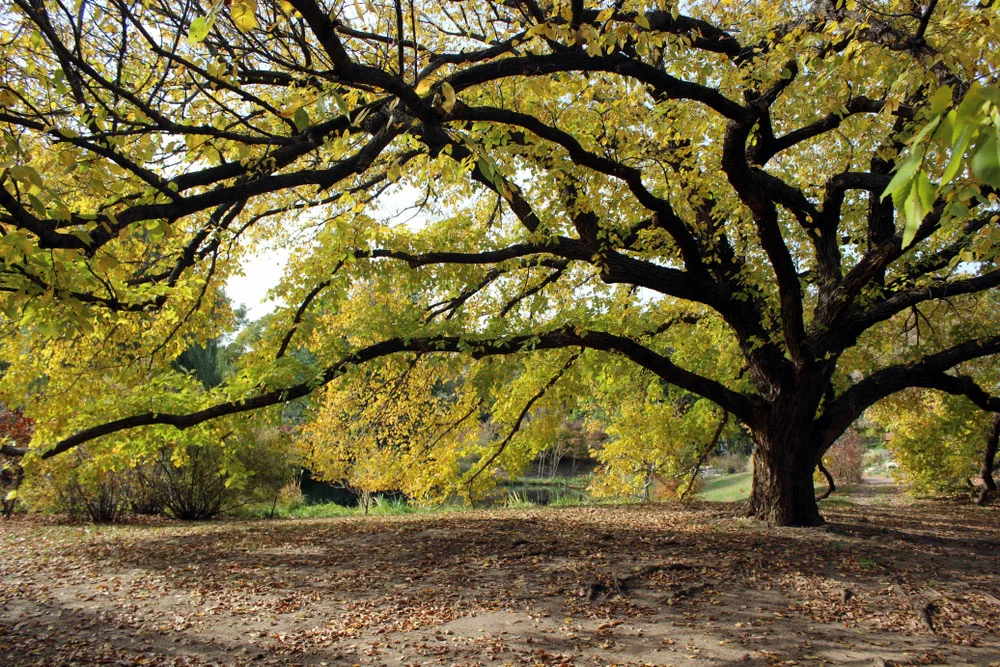
The American Elm tree
Burn Qualities of Elm Firewood
Heat Production
Elm produces 20 million BTUs per cord, a moderate amount of heat relative to other hardwoods.
Smoke Production
Elmwood produces moderate smoke after seasoning completely. Primarily, it is because the water content is usually minimal in the wood, usually under 20%.
Seasoning Time
Elm firewood takes approximately one year to prepare for burning. However, elmwood has a high density, which causes greater absorption of water.
As a result, most people leave elm firewood to dry for much longer. Occasionally, elmwood seasons for up to two years.
Burning Smell
The main drawback of burning elm is that it produces a stinky smell since beetles live in it. Also, it’s disease-ridden. However, healthy elm smells good when burned.
Additionally, elm trees hold a lot of water, which absorbs the smell of the surrounding areas. Thus, consider these factors when burning elmwood, i.e.,
- Where did the wood come from?
- Was it a healthy tree?
Creosote Buildup
Due to the low sap content of elm, severe creosote buildup is not a concern.
Splitting
Elm firewood is challenging to split if you wait too long. Your best bet should be the use of a chainsaw.
Elm Firewood Type
The most common elm tree species for firewood is the American Elm. Nonetheless, most people prefer the Red elm.
American Elm
American elm is the White elm. It is prevalent across North America due to its fast growth and hardiness.
American elm firewood has a low BTU, producing less heat than other common species like the Siberian elm. The wood is odorless and is more difficult to split. Yet it provides better coal than Siberian Elm and Red Elm.
Red Elm
The red elm produces the best firewood of the three. Red elm wood burns longer because it is less dense. Also, it generates the most heat of the three.
Siberian Elm
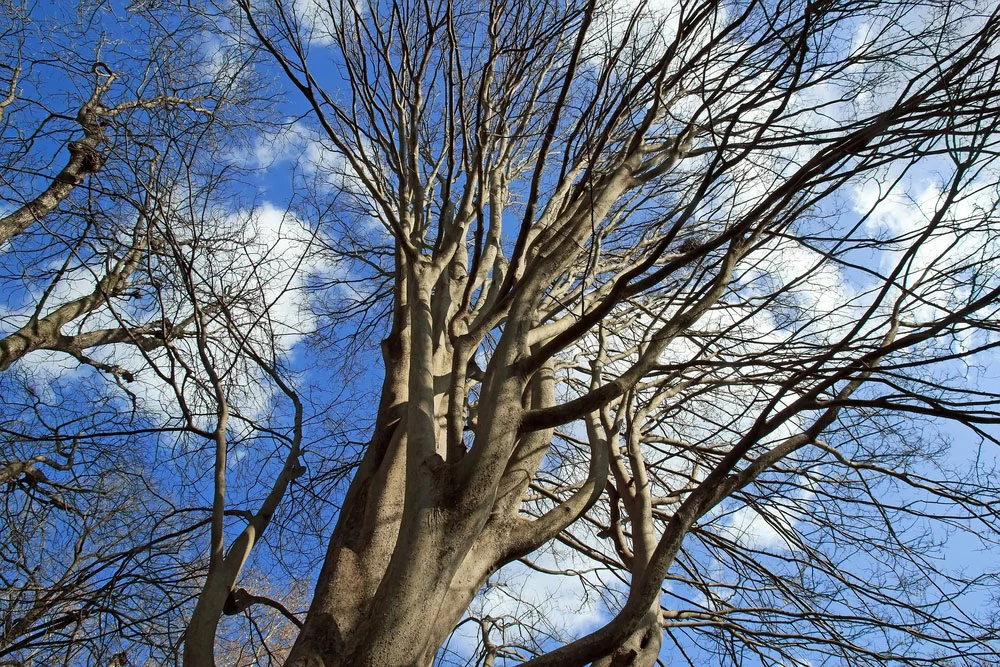
The Siberian elm
Performs significantly better than the White elm due to its higher BTU and better smell. It is also simpler to split.
Its wood and grain qualities are nearly identical to Red elm’s. Their bark is solid and hefty, and their leaves are slightly longer than two inches.
The Siberian elm thrives in harsh environments with direct sunlight and nutrient-deficient soil and is resistant to Dutch elm disease.

Elm trees with dutch elm disease
Comparing Elm to Other Firewood
| Firewood | BTUs | Ease of Splitting | Coals | Overall Quality |
| Alder | 17.5 | Easy | Good | Fair |
| Ash, Green | 20.8 | Easy | Good | Excellent |
| Bur Oak | 26.6 | Easy | Good | Excellent |
| Maple | 25.5 | Easy | Excellent | Excellent |
| Elm, American | 20.0 | Difficult | Excellent | Fair |
Compared to Maple and Oak, American elm firewood produces less heat but performs well when evaluating coal production.
Splitting Elm Wood
Splitting prepares the wood for seasoning and ensures it is the right size to fit in the fireplace.
Regular splitting methods are challenging since the wood’s stringy and adhesive fibers create significant resistance.
Here are the best tools for hacking elmwood:
- A log splitter: If you want to simplify your winter wood-cutting tasks, a log splitter is a significant investment. You can split logs into smaller pieces of firewood more quickly and easily with a log splitter.
- A splitting maul: Typically, mauls weigh between 6 and 8 lbs. Mauls use the weight and shape of the cutting edges to tear apart wood fibers rather than cutting into them.
- A splitting ax: The purpose of a splitting axe is to force wood fibers apart. Just be certain to begin at the edges and ensure you’re using a highly sharp axe.
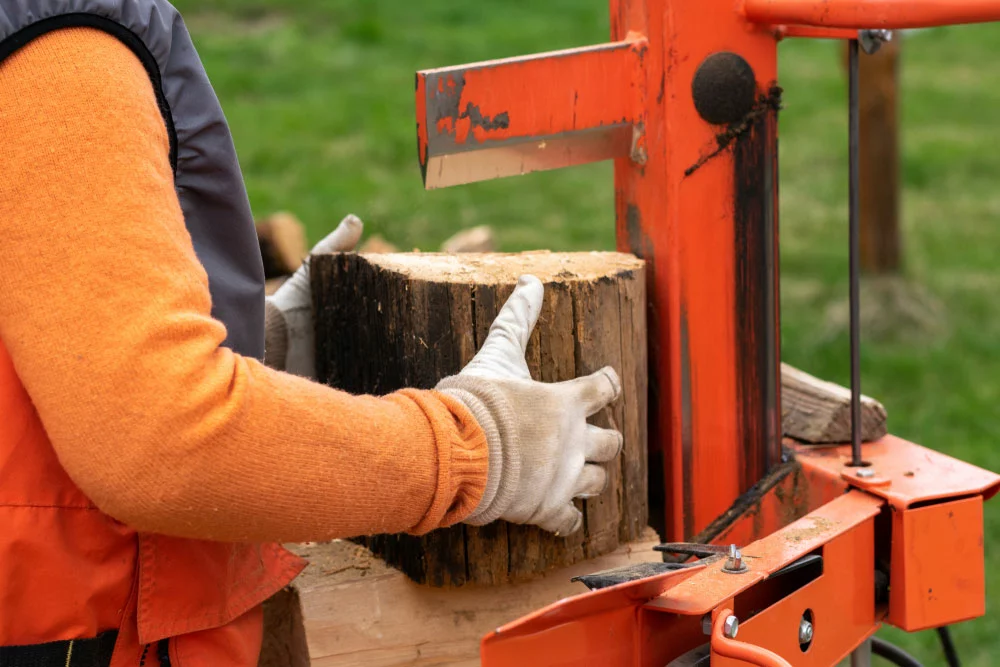
A log splitter machine
How to Identify Elm Trees?
Elm trees have various distinct features:
- Their broad, sprawling canopy.
- A gray bark that has deep furrows. Specifically, the American elm bark has broad ridges, large diamond-shaped fissures, and a grayish-brown color.
- Pointed oval leaves with double-serrated margins.
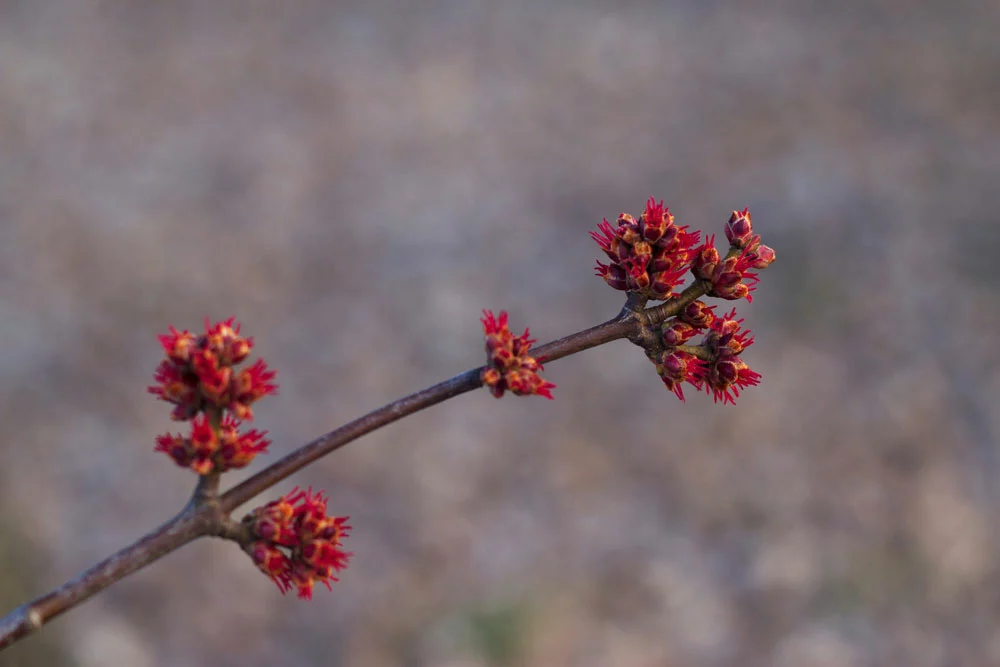
Elm tree red flowers during spring
- Additionally, you can look for elm flowers. Elm flowers emerge in the spring and develop into elm seeds or circular samaras.
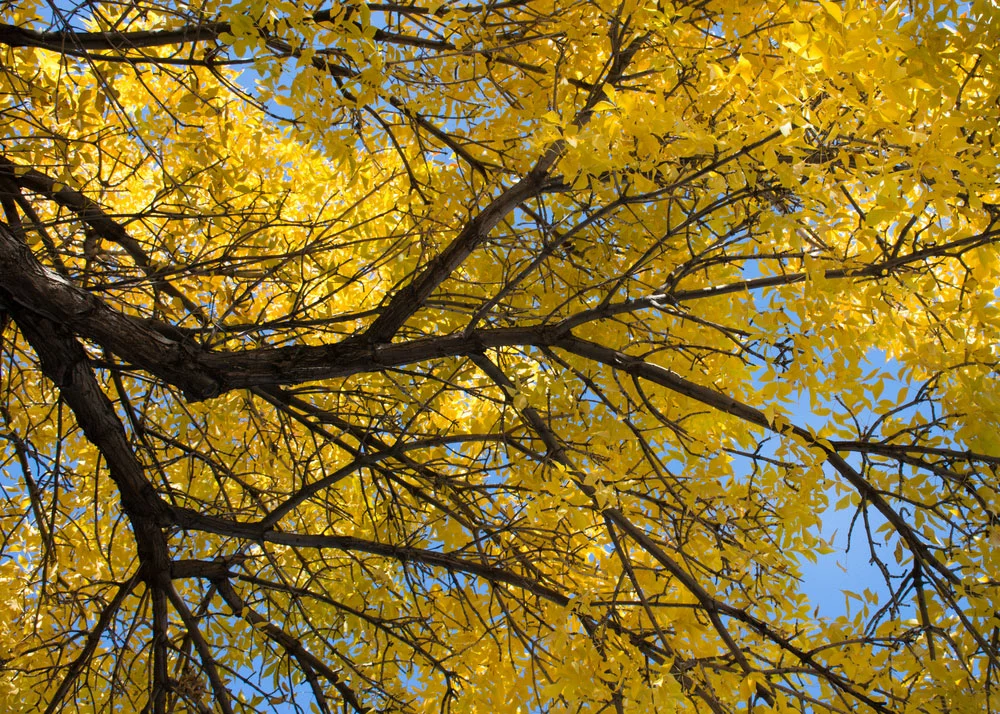
Yellow leaves fall on the elm tree
- In the fall, elm leaves develop a golden-yellow color.
Conclusion
Elm is not one of the best wood forms for fireplaces to keep everyone warm during the winter. If you have any questions, feel free to contact us.
